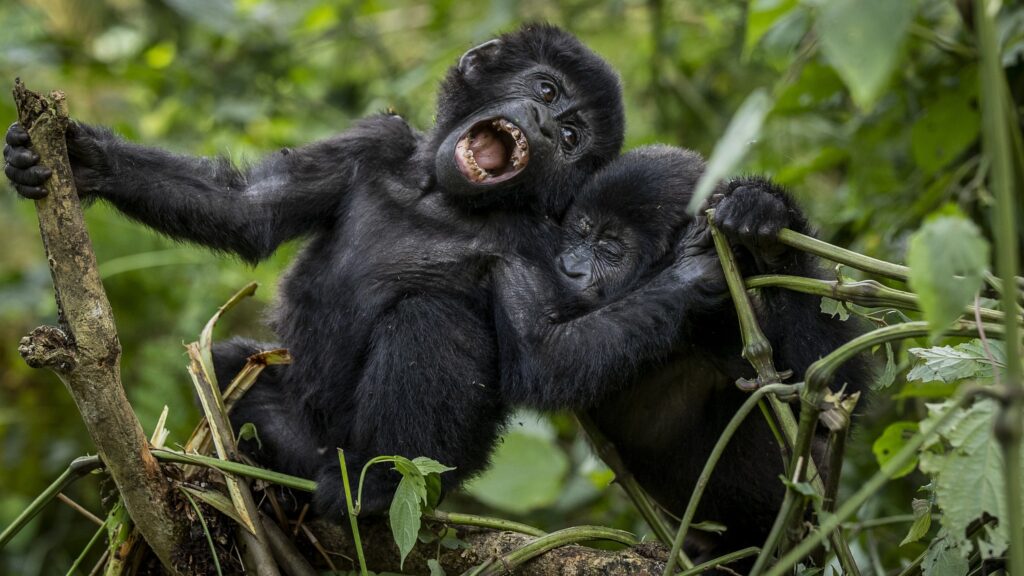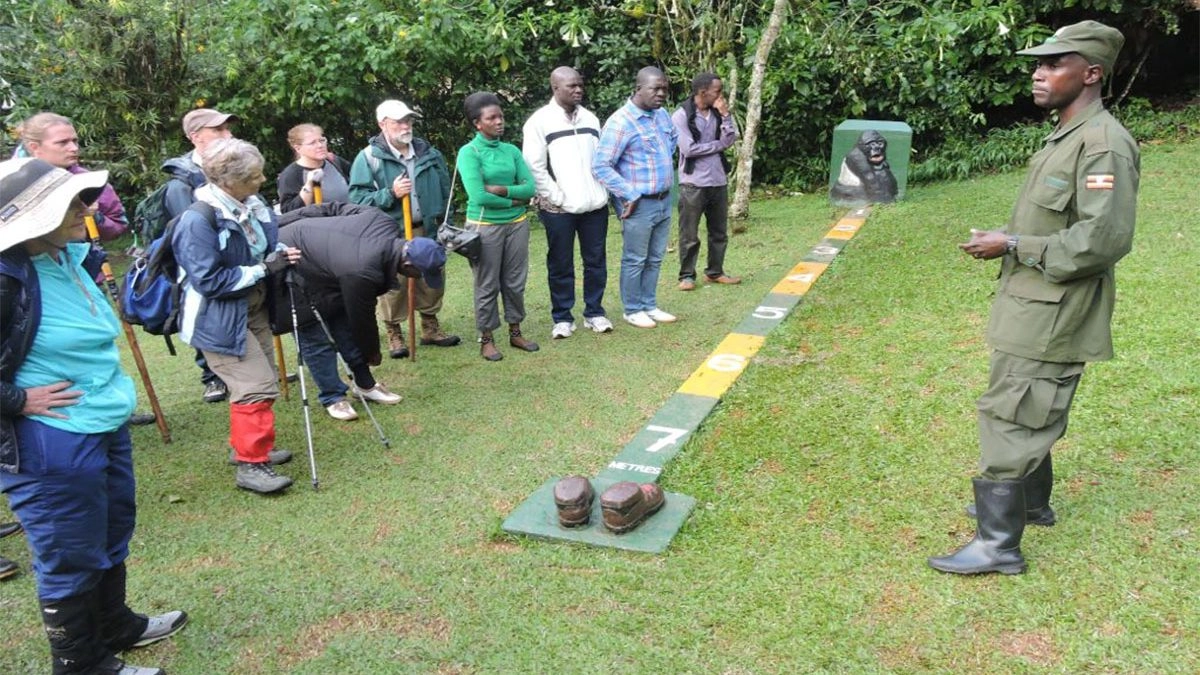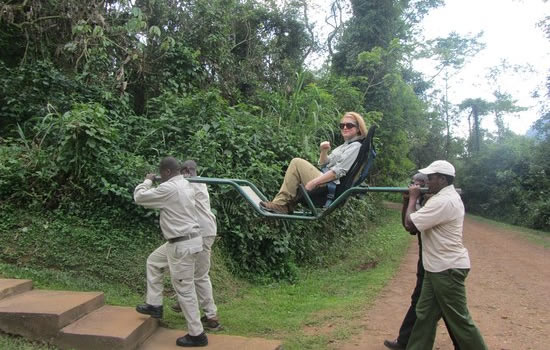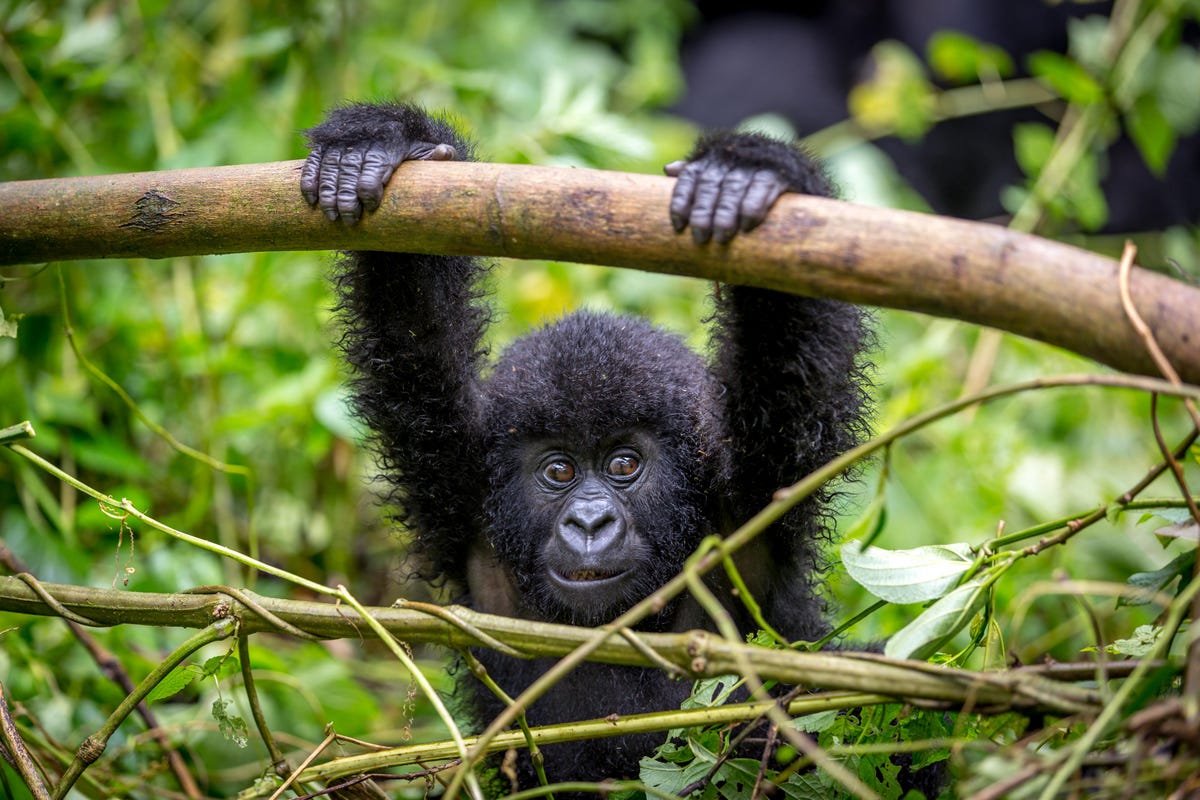Gorilla trekking is an adventure activity that involves hiking through the forests of Central and East Africa to observe and interact with wild gorillas in their natural habitat. This activity typically takes place in protected national parks and wildlife reserves that are home to various species of primates, including gorillas.
Thank you for reading this post, don't forget to subscribe!Gorilla trekking is a unique and exciting experience that offers visitors a chance to see these magnificent creatures up close, in their natural environment. It involves walking through the dense forests and following the trails of the gorillas, usually with the assistance of an armed game ranger who is familiar with the terrain and the behavior of the animals.

The gorilla trekking experience is highly regulated and controlled to ensure the safety of both visitors and the gorillas. Only a limited number of permits are issued each day, and visitors are required to follow strict guidelines to minimize their impact on the gorillas and their habitat. For example, visitors are required to maintain a safe distance from the gorillas, avoid direct eye contact, and avoid touching the animals.
Gorilla trekking is primarily conducted in two countries, Rwanda and Uganda, both of which are home to endangered mountain gorillas. In Rwanda, gorilla trekking takes place in Volcanoes National Park, while in Uganda, it takes place in Bwindi Impenetrable Forest National Park and Mgahinga Gorilla National Park.
To participate in gorilla trekking, visitors must obtain a permit in advance. These permits can be obtained through local tour operators, national park offices, or national tourism boards. The cost of permits can vary depending on the location and season, but they typically range from $400 to $1500 per person.

Gorilla trekking is a popular activity for tourists visiting Africa, and it has become an important source of income for local communities and conservation efforts. The revenue generated from permits is used to support conservation efforts, including anti-poaching patrols, habitat restoration, and community education programs.
However, gorilla trekking also raises concerns about the impact of tourism on the gorillas and their habitat. The presence of tourists in the forest can disturb the gorillas and their natural behavior, and the development of infrastructure to support tourism can lead to habitat fragmentation and degradation.
To mitigate these concerns, conservation organizations and local governments are working to develop sustainable tourism practices that minimize the impact on the gorillas and their habitat. These practices include limiting the number of visitors, enforcing strict guidelines for behavior around the gorillas, and investing in community-based conservation initiatives that provide alternative livelihoods for local people.

In conclusion, gorilla trekking is an adventure activity that offers visitors a unique opportunity to observe and interact with wild gorillas in their natural habitat. It is a highly regulated and controlled activity that is designed to minimize the impact on the gorillas and their habitat while providing economic benefits to local communities and supporting conservation efforts.

